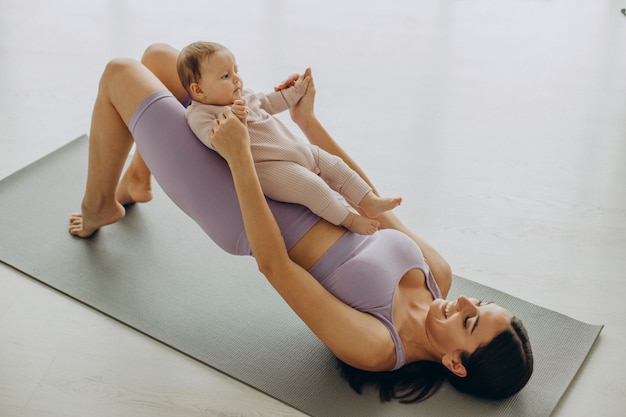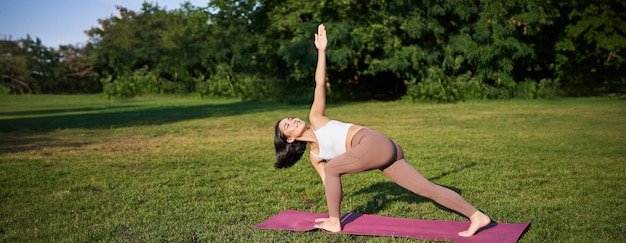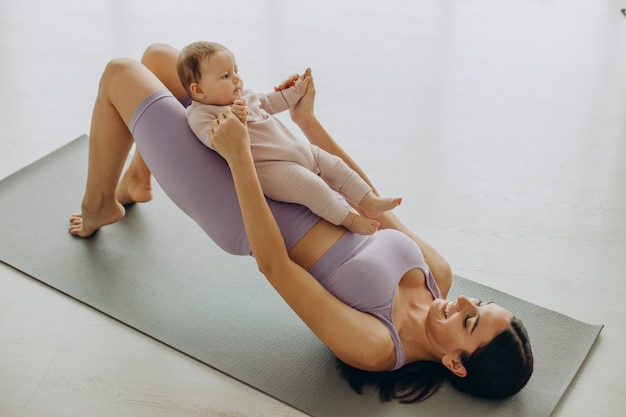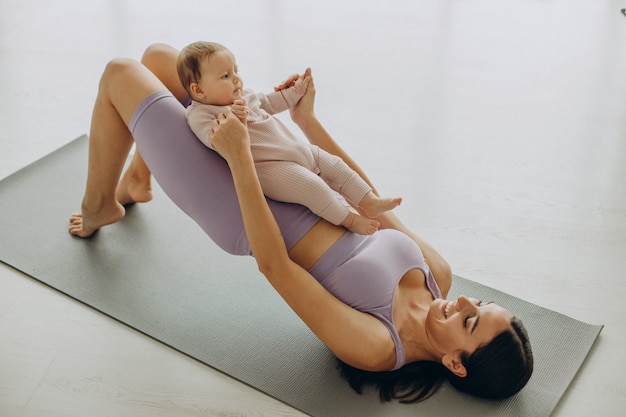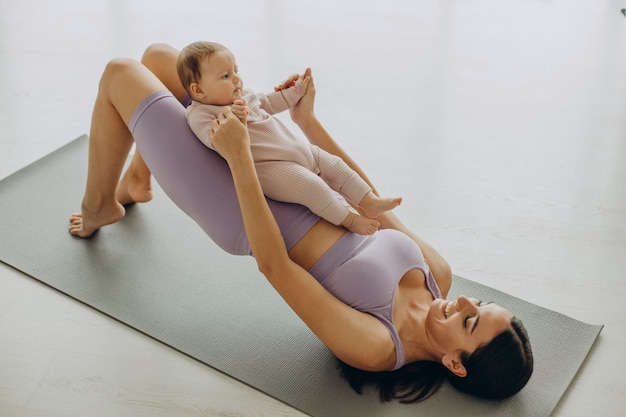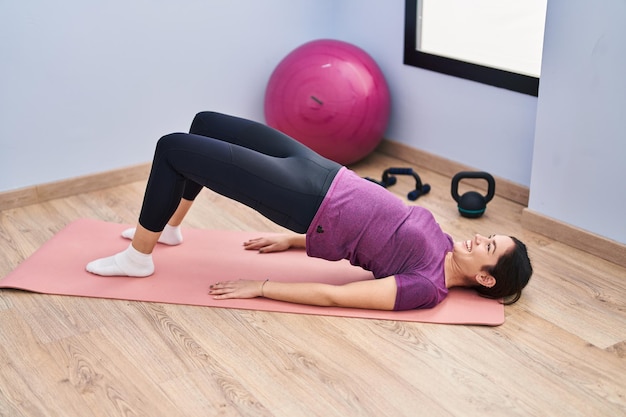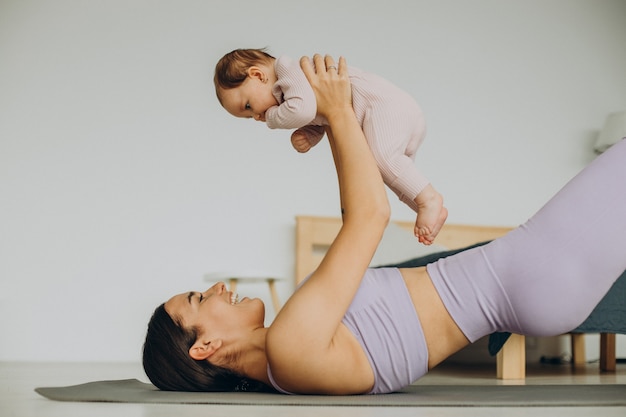45 Gentle & Effective Yoga and Mobility Tips for New Moms: Rebuild Strength, Flexibility, and Confidence
Becoming a mom is transformative — physically, emotionally, and mentally. After childbirth, your body needs time, care, and mindful movement to recover. Yoga and mobility work are powerful tools to help you regain strength, improve posture, reduce tension, and reconnect with your body in a safe, progressive way.
This guide offers 45 practical, coach-style tips designed specifically for new moms. Whether you’re healing from a C-section, managing diastasis recti, or simply adjusting to life with a newborn, these form notes, modifications, and mobility cues will support your journey back to movement — without pressure or perfection.
Why Progressive Yoga & Mobility Matter for New Moms
Progressive yoga blends mindful movement, breath awareness, and functional mobility. It’s not about intense flows or advanced poses — it’s about meeting your body where it is. For new moms, this approach helps restore core integrity, improve pelvic floor function, and ease the physical strain of holding, feeding, and carrying your baby.
The following tips are grouped into categories: breathing, core & pelvic floor, posture, joint mobility, and gentle strengthening. Each includes easy modifications and form notes to ensure safety and effectiveness.
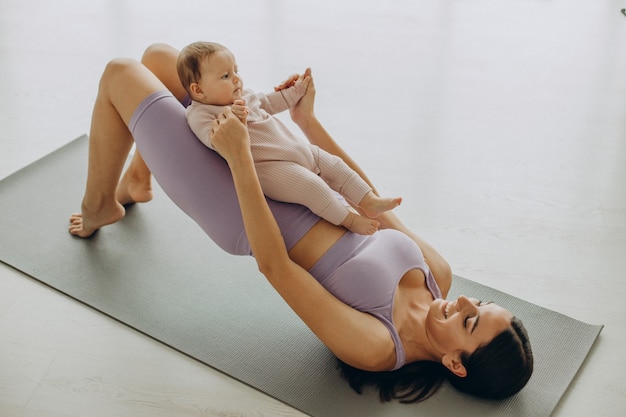
1. Focus on Breath First
- Begin each session with 3–5 minutes of diaphragmatic breathing — inhale deeply into the belly, exhale fully.
- Place one hand on your chest, one on your belly. Ensure the belly rises more than the chest.
- Use breath to release tension — exhale as you gently engage your pelvic floor.
- Practice box breathing: Inhale 4 counts, hold 4, exhale 4, hold 4. Repeat for 2 minutes.
- Breathe through discomfort — shallow breath can increase tension in the pelvic floor.
2. Reconnect with Your Core & Pelvic Floor
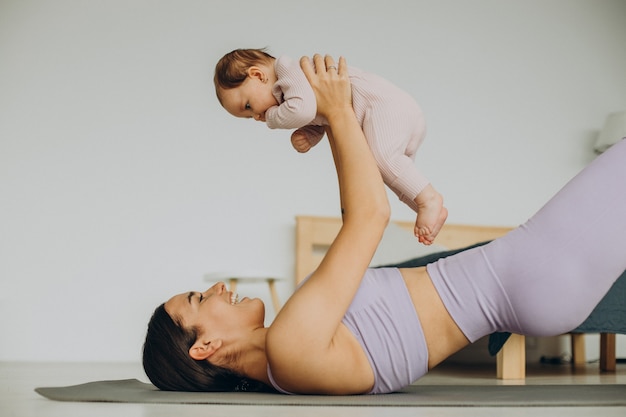
- Start with transverse abdominis activation: gently draw the lower belly toward the spine without holding your breath.
- Avoid crunches or sit-ups in the first 3–6 months postpartum.
- Check for diastasis recti before progressing to planks — use two fingers above and below the belly button.
- Engage your pelvic floor before any movement — think “lift and squeeze” as you stand or transition.
- Try heel slides with core engagement: lie on your back, slowly slide one heel out while keeping the lower back grounded.
- Use a yoga block between your thighs during core work to activate inner thighs and support pelvic stability.
- Practice pelvic tilts in cat-cow — focus on controlled movement, not speed.
3. Restore Posture & Shoulder Health
- Sit with a cushion under your hips if breastfeeding — this helps maintain a neutral spine.
- Do seated shoulder rolls daily: 10 forward, 10 backward.
- Practice chest openers: clasp hands behind your back, gently lift arms while opening the chest.
- Use a wall to check posture: stand with heels, hips, shoulders, and head touching the wall.
- Try supported fish pose: place a rolled towel or small pillow under your upper back while lying down.
- Take micro-breaks every 30 minutes to reset your posture while feeding or holding baby.
- Stretch your forearms and wrists regularly — repetitive baby lifting can cause tension.
4. Improve Joint Mobility & Flexibility
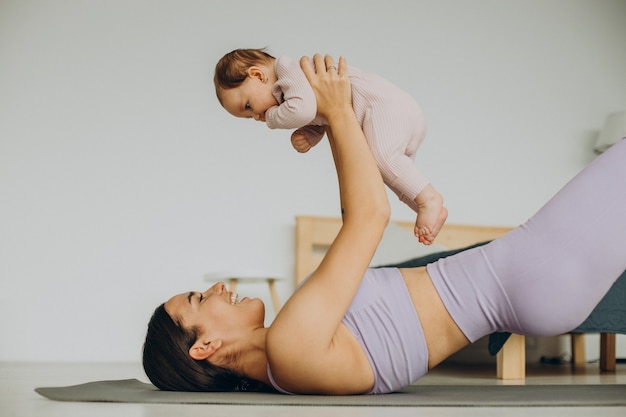
- Start with 5 minutes of joint circles: wrists, ankles, shoulders, hips.
- Move slowly — avoid bouncing or forcing range of motion.
- Practice seated spinal twists with support — keep both sit bones grounded.
- Use a chair for seated forward folds if hamstrings are tight.
- Try gentle hip circles while standing — place hands on hips and move in slow circles.
- Do ankle pumps to improve circulation — especially important if you were sedentary post-birth.
- Stretch calves against a wall to relieve foot and lower leg tension.
- Try reclined pigeon pose with a pillow under the hip for deep hip release.
5. Build Strength Gradually
- Start with wall push-ups to rebuild upper body strength safely.
- Practice standing marches in place — engage core and keep pelvis stable.
- Try supported squats using a chair — sit back, then stand with control.
- Use bodyweight only at first — avoid heavy weights until core is stable.
- Try bird-dog with modifications: extend arm only, keep opposite foot on the floor.
- Hold low planks on knees — focus on form, not duration.
- Practice bridge pose with a block under the hips for glute activation.
- Walk daily — it’s foundational mobility and great for mental health.
6. Make It Sustainable & Realistic
- Practice in 5–10 minute chunks — consistency matters more than duration.
- Do yoga while baby naps — even 10 minutes counts.
- Involve baby: try gentle stretches while holding them (when safe).
- Use a yoga mat near your nursing station for quick resets.
- Track progress with a journal — note energy, mood, and physical ease.
- Listen to your body — pain is a signal to stop or modify.
- Avoid comparing your journey to others — recovery is not linear.
- Rest in child’s pose whenever needed — it’s a reset, not a failure.
- Join a postpartum yoga group — community support boosts motivation.
- Consult a pelvic floor therapist if you have ongoing discomfort or leakage.
Your body has done something incredible. Honor it with patience, presence, and progressive movement. These 45 tips are not a checklist — they’re tools to help you feel stronger, more balanced, and more like yourself again.







